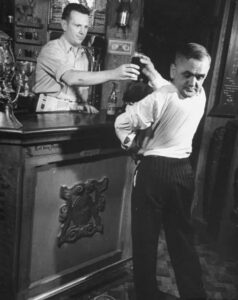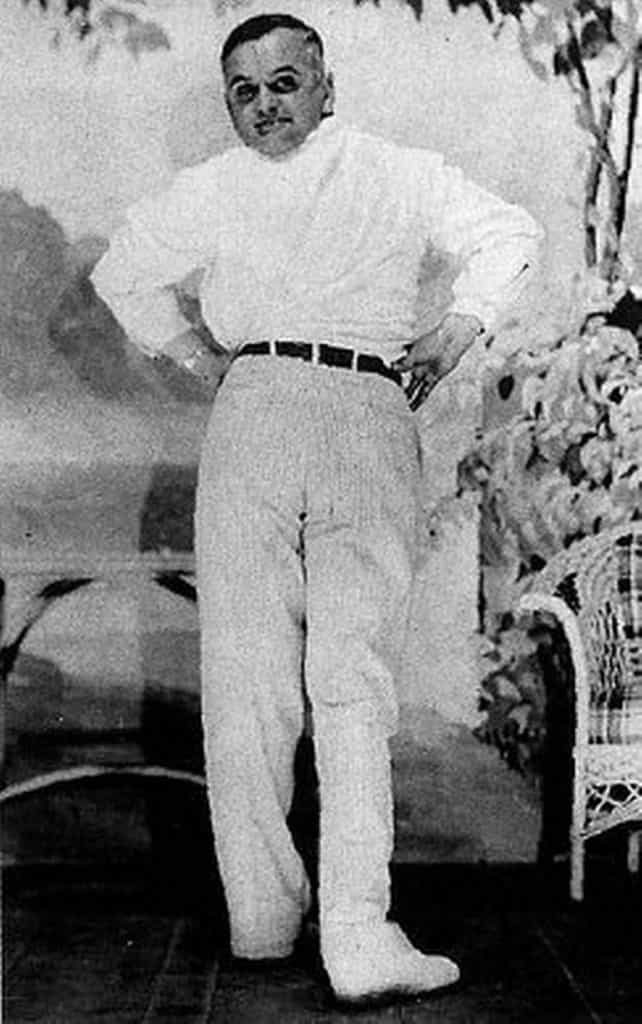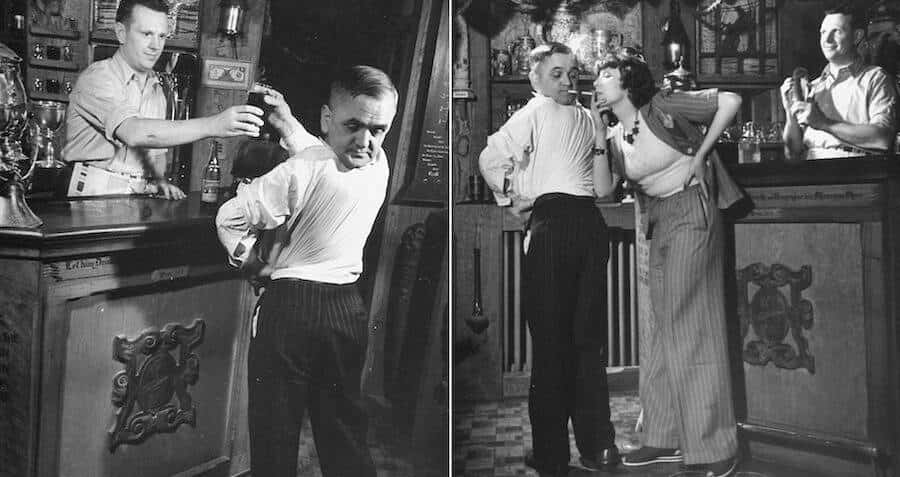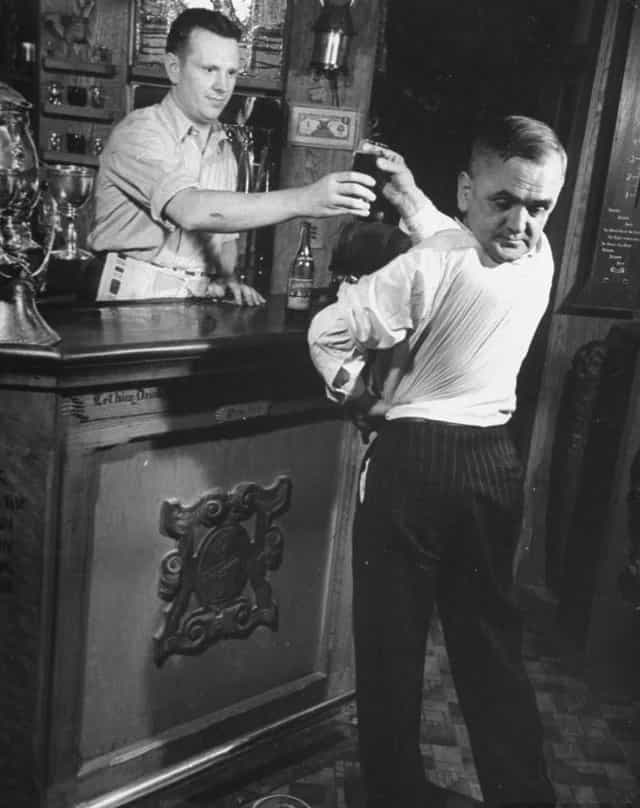The man with the revoloving head: He can see his own spine

Throughout the early 20th century, a parade of oddities, curiosities, and human marvels traveled from town to town, thrilling audiences with acts that seemed to defy natural limits. Among them stood Martin Joe Laurello, a man who stunned audiences not with illusions or sleight of hand but with a grotesque yet awe-inspiring physical feat—he could turn his head 180 degrees, facing the opposite direction. Nicknamed “The Human Owl,” Laurello’s act was one of both incredible muscular control and enduring fascination.
Yet, while his performances were extraordinary, his life behind the stage curtain was just as enigmatic, filled with mystery, controversy, and enduring questions about his physical abilities.
Born with a Gift or a Drive to be Different?
Martin Joe Laurello’s origins are somewhat clouded in obscurity, but most sources agree he was born Martin Emmerling in Nuremberg, Germany, around 1885. Little is known about his childhood, but it’s believed that Laurello discovered his talent for neck flexibility at an early age. Whether it was a natural gift or something he developed over time is debated.

Laurello’s ability to twist his head all the way around was not an inborn trait, according to most reports. He dedicated himself to achieving this feat through disciplined training. It’s said that as a young boy, he began experimenting with turning his head in small degrees, gradually increasing the range of motion until he could rotate it fully. This unusual and painstaking practice would later bring him global recognition.
While some performers were born with genetic conditions that made them stand out—such as hypermobility syndrome or skeletal abnormalities—it appears Laurello’s talent was the product of years of muscle conditioning and training. He manipulated his body in a way few could comprehend, mastering the flexibility of his neck muscles over time.
The Road to Fame: From Europe to America’s Greatest Sideshows
After years of performing in smaller European venues, Laurello made his way to the United States, where the sideshow industry was thriving during the early 1900s. In America, sideshows were often attached to circuses, traveling from city to city with performers who ranged from sword swallowers to fire eaters to those with rare physical anomalies. It was here that Laurello would build his reputation as one of the most unusual attractions.

Laurello was quickly billed as “The Human Owl,” a name that captured the essence of his unnatural head rotation. He joined major sideshows like the Ringling Brothers and Barnum & Bailey Circus, which marketed him as a living marvel. Sideshow promoters, skilled at marketing the bizarre, showcased Laurello alongside other human oddities, often building elaborate backstories and legends around their performers.
In Laurello’s case, he didn’t need much embellishment—his act spoke for itself. When he stepped on stage, audiences would stare in disbelief as he stood in front of them, slowly twisting his head until it was completely backward. To prove it wasn’t some trick or illusion, Laurello would engage in activities while in this twisted position—sometimes drinking a glass of water or smoking a cigarette with the back of his head facing the crowd.
The combination of physical strangeness and showmanship made him a favorite among audiences who came to gawk at the bizarre.
Anatomical Mystery: How Did He Do It?
For the average person, rotating the head more than 90 degrees in either direction is impossible. This is because of the limits imposed by the cervical vertebrae and surrounding ligaments and muscles in the neck. However, Laurello had an exceptional ability to stretch his neck muscles far beyond those normal limits, creating a range of motion that no one else could replicate.
It’s believed that Laurello’s neck had an unusual degree of flexibility, possibly due to a combination of factors:
– Hypermobility: Some speculate that Laurello may have had a mild form of Ehlers-Danlos syndrome, a condition that causes increased flexibility in joints and connective tissues.
– Vertebral Differences: His cervical vertebrae may have been slightly elongated or abnormally structured, which could have allowed for increased rotation.
– Muscle Conditioning: More likely than not, it was the result of decades of dedicated muscle conditioning. Laurello claimed that he trained his neck muscles rigorously to achieve this act, stretching and strengthening them every day.
Despite his abilities, there is no doubt that turning his head in such an extreme way would have put an enormous amount of stress on his spine, muscles, and ligaments. The physical strain over years of performing may have led to lasting damage, although there is little documented evidence of the long-term effects on his health.
Controversies and Rumors: A Life in Shadows
Despite his fame, Laurello’s personal life remains largely a mystery, with much of what is known coming from speculation and rumor. One of the more persistent allegations against him came during World War II. As a German immigrant living in the United States, Laurello was accused by some of having sympathies toward Nazi Germany. While there is no solid evidence to support this claim, the suspicion may have contributed to his waning popularity after the war.
This rumor is part of the larger context of anti-German sentiment that swept across the United States during the war years. As America fought against the Axis powers, public scrutiny toward immigrants from Germany increased, and many faced unjust accusations.
Whether the allegations against Laurello were based on anything factual or were simply fueled by wartime paranoia, they cast a shadow over his career in the later years. After the war, he disappeared from the public eye, leaving little record of his final years. It’s uncertain when or where he died, further adding to the mystery surrounding his life.
The Last of the Sideshow Marvels
Laurello’s performances harkened back to a time when sideshows represented the ultimate form of live spectacle. While today, such displays might be seen as exploitative or inappropriate, in the early 20th century, sideshows were a place where audiences could marvel at the rare and unusual.
As medical science advanced and social attitudes toward human displays changed, sideshows began to fade away, replaced by more modern forms of entertainment. But Martin Joe Laurello’s place in history is secure. His unique talent has been referenced in numerous articles, documentaries, and books that recount the heyday of the sideshow era.
Even today, people are fascinated by the concept of the “human owl,” a man whose physical abilities seemed to defy the natural limitations of the body. In the pantheon of sideshow greats, Laurello stands out as one of the most curious and memorable figures, a man who twisted both his head and his way into the pages of history.
A Lasting Curiosity
Martin Joe Laurello’s life was as twisted and unique as his famous head-turning act. While much about him remains enigmatic, his legacy continues to captivate those with a fascination for human oddities. He remains a symbol of an era when the boundaries of human physicality were constantly being pushed and explored, and his feats of strength and flexibility still challenge our understanding of what the human body is capable of.
Though sideshows may be a thing of the past, Laurello’s name continues to endure as one of the most fascinating and perplexing performers of his time—a man who truly lived up to his nickname, “The Human Owl.”

